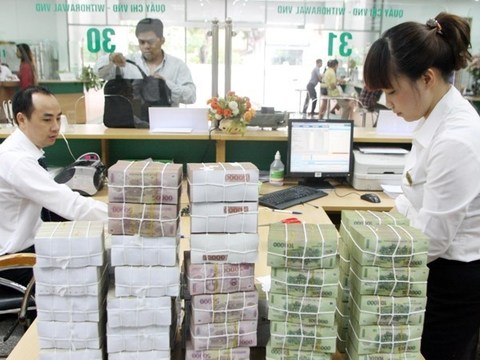Credit growth has expanded by 8.4 per cent against the end of 2018 so far this year, the General Statistics Office reported.

Credit growth has expanded by 8.4 per cent against the end of 2018 so far this year, the General Statistics Office reported.
The gain was slower than last year when credit rose 9.52 per cent.
Capital mobilised by banks was also moderate, rising by 8.68 per cent compared with 9.15 per cent during the same period last year.
Interest rates remained relatively stable, with the rate of mainly medium- and long-term deposits inching up at some banks that needed capital to meet the central bank’s adequacy ratio regulations.
Interest rates for one-to-six month deposits stood at 4.5-5.5 per cent per year, 5.5-6.8 per cent per year for six-to-12 month deposits, and 6.6-7.5 per cent for 13 months and upwards.
Meanwhile, lending rates averaged 6 to 9 per cent per year for short-term loans and 9 to 11 per cent per year for medium- and long-term loans.
In the first nine months, banks largely met credit demands in the investment, production and business sectors. Notably, banks continued focusing on manufacturing, business borrowers and prioritised industries, as per Government guideline, while loans for risky sectors were under strict control.
The central bank has targeted credit growth of 14 per cent this year, lower than in previous years. Experts have so far hailed the moderate credit growth, saying it was a positive sign for banks' asset quality and capitalisation.
According to Moody’s, tighter credit could lead to rising problem loan ratios. However, lower credit growth encouraged banks to focus on borrowers of better quality, which would improve asset quality in the long term.
Moderate credit growth would also lower pressure on capital, especially for State-owned banks, the rating agency said. — VNS





